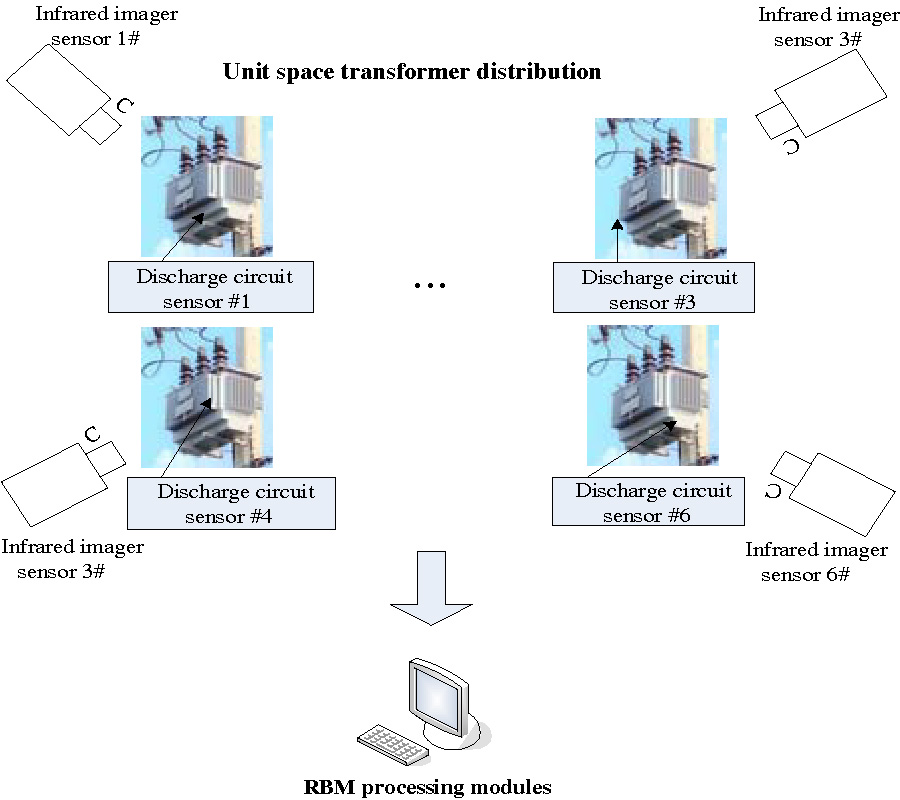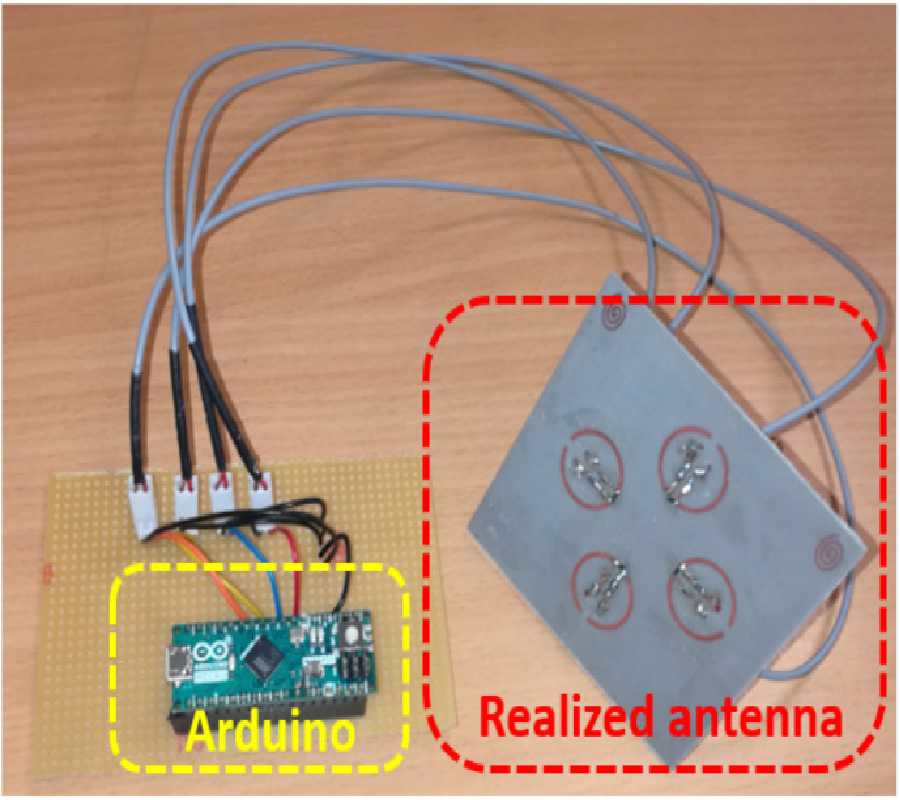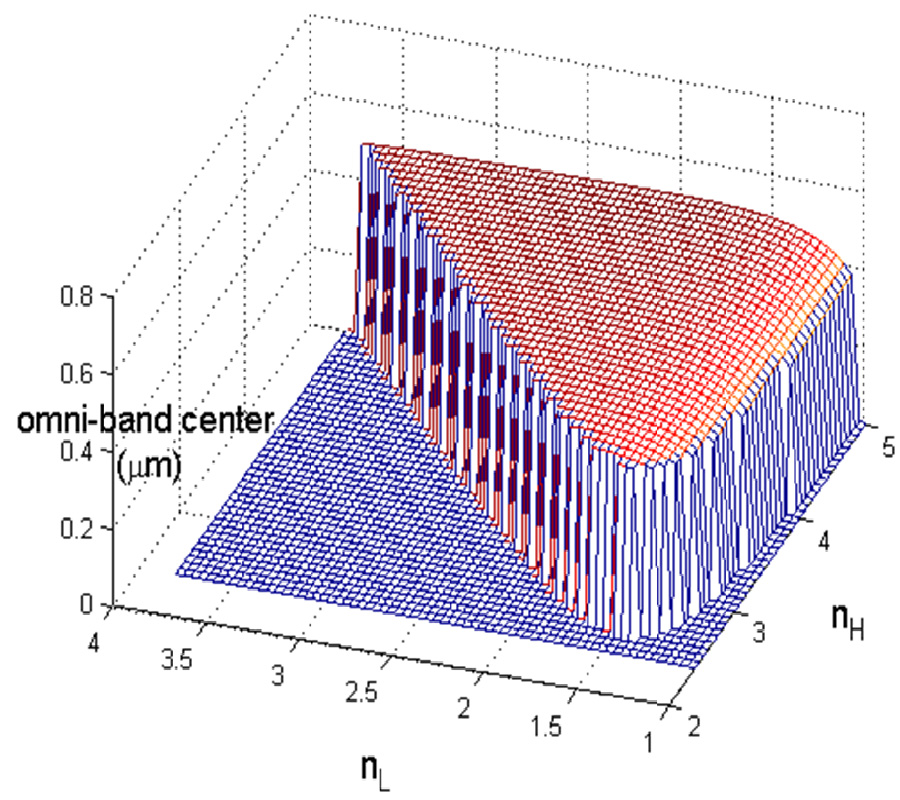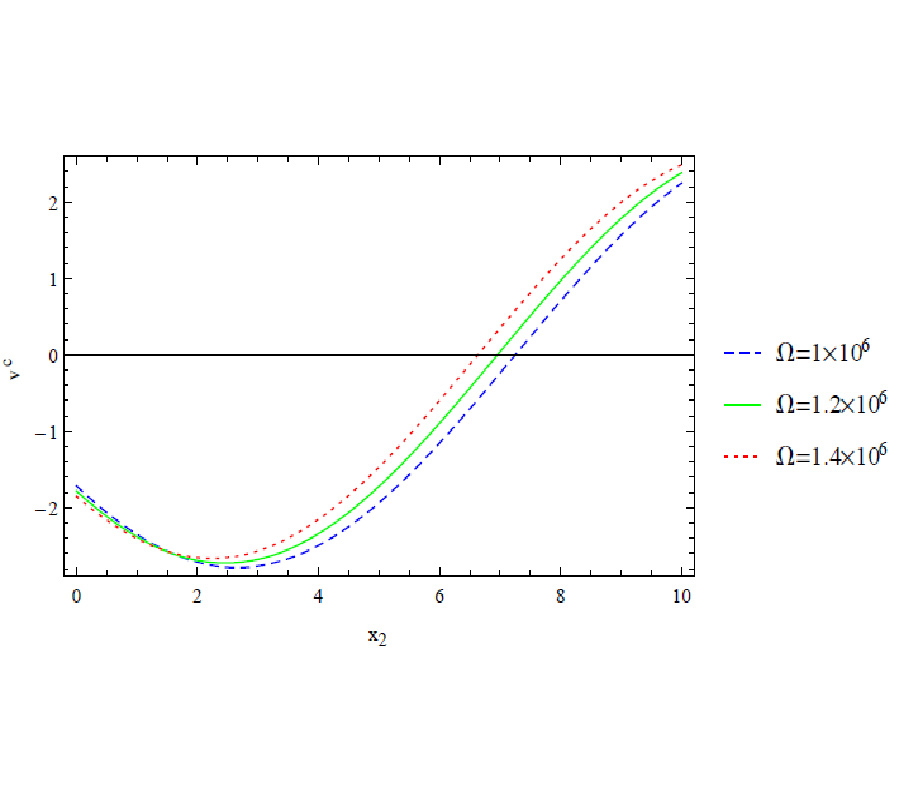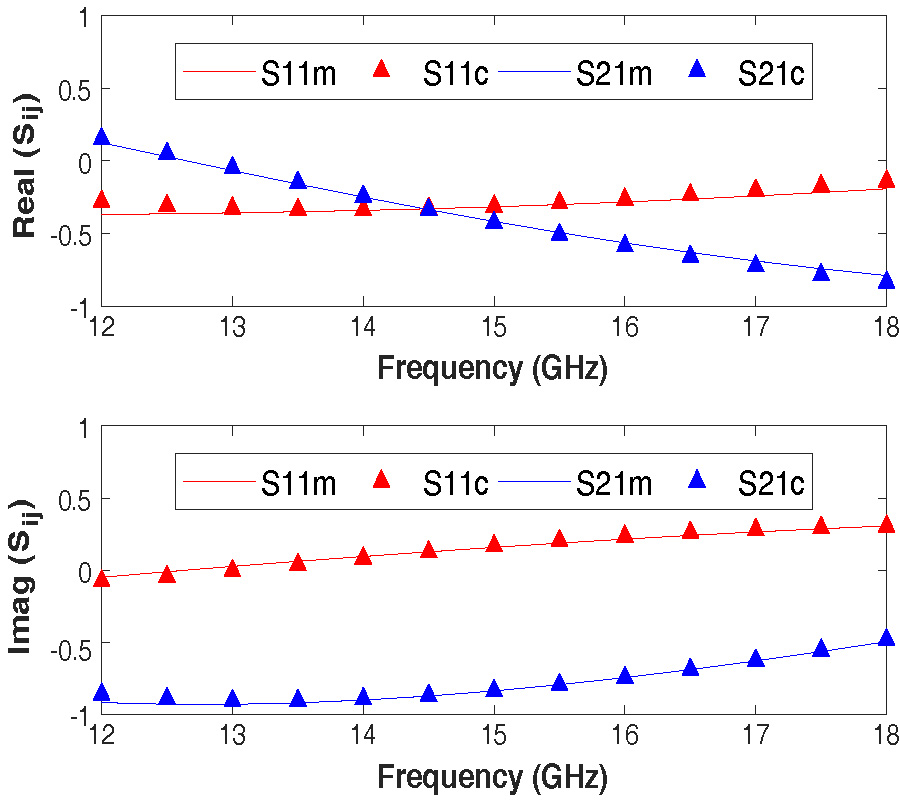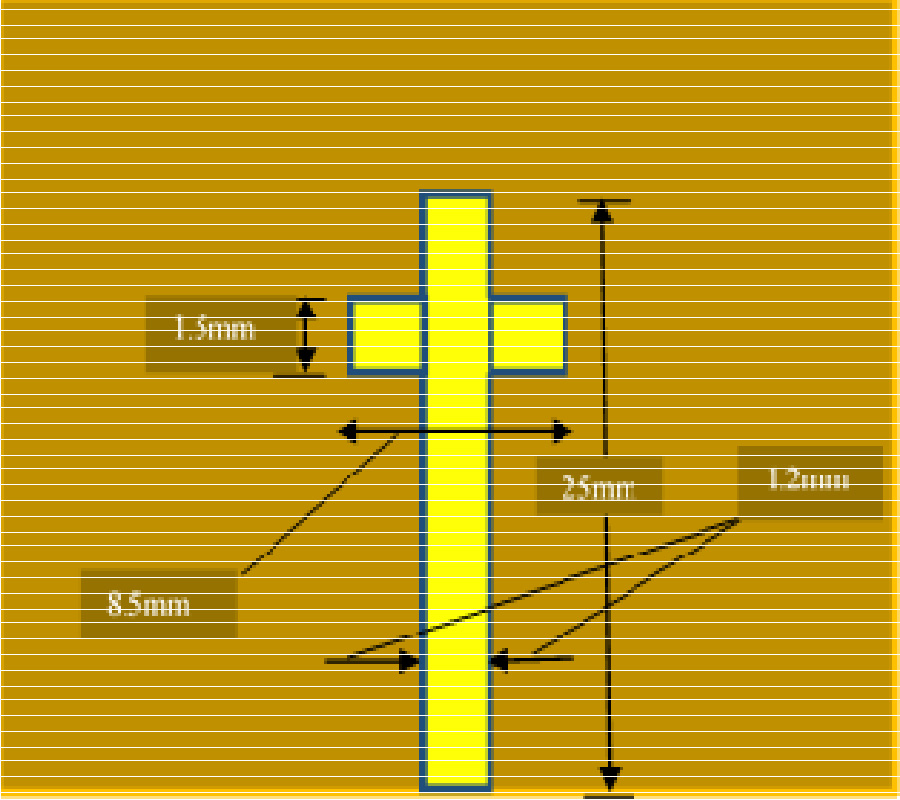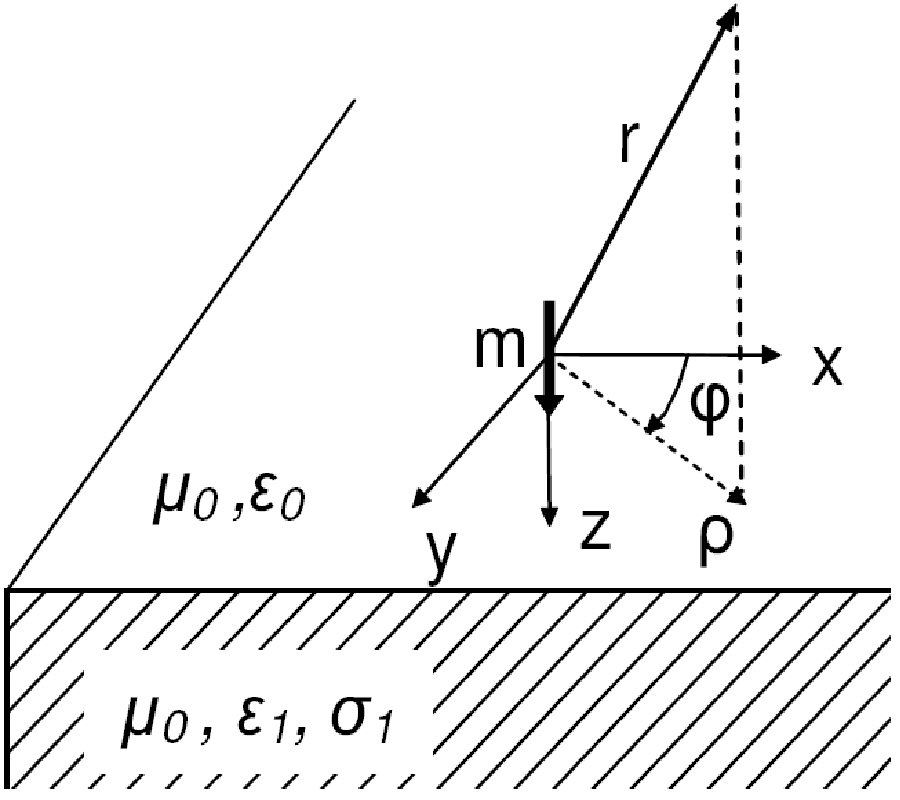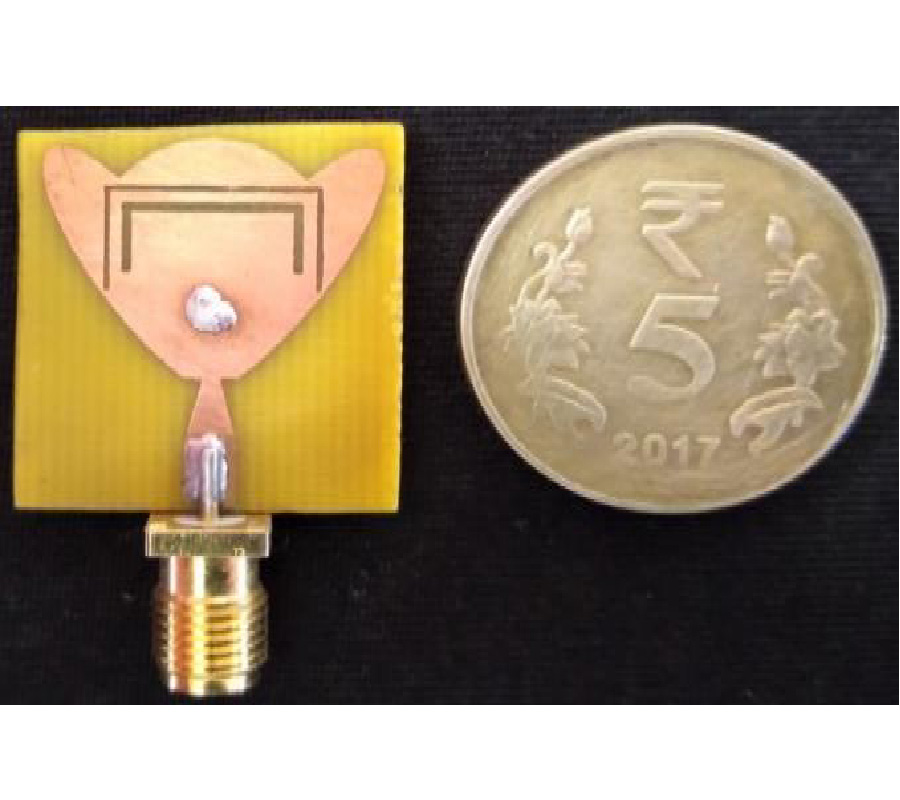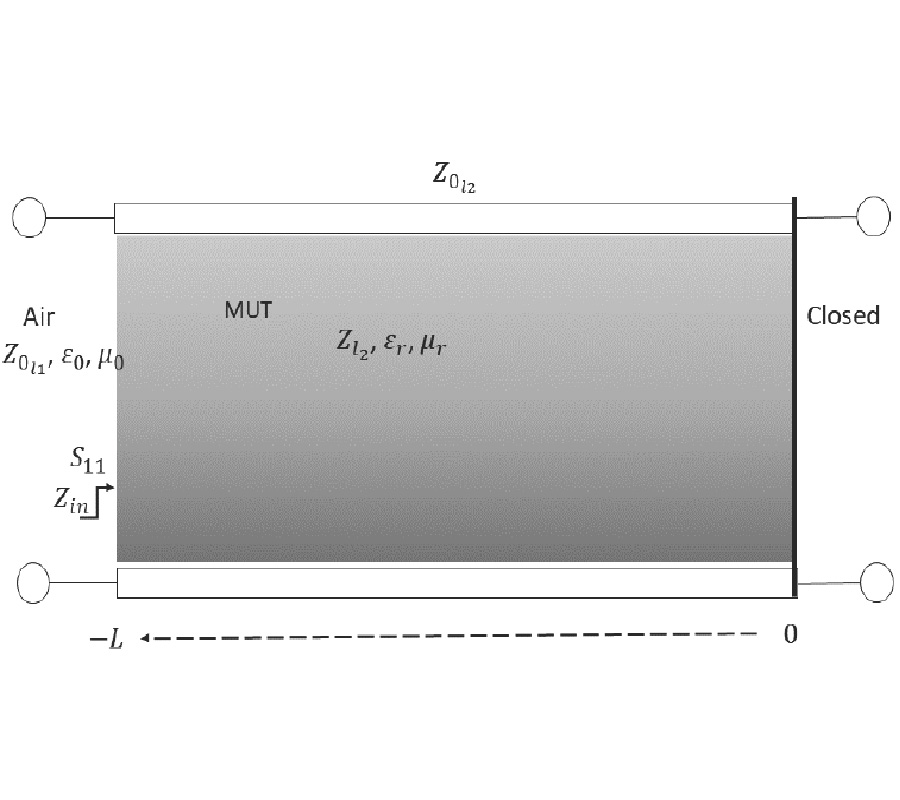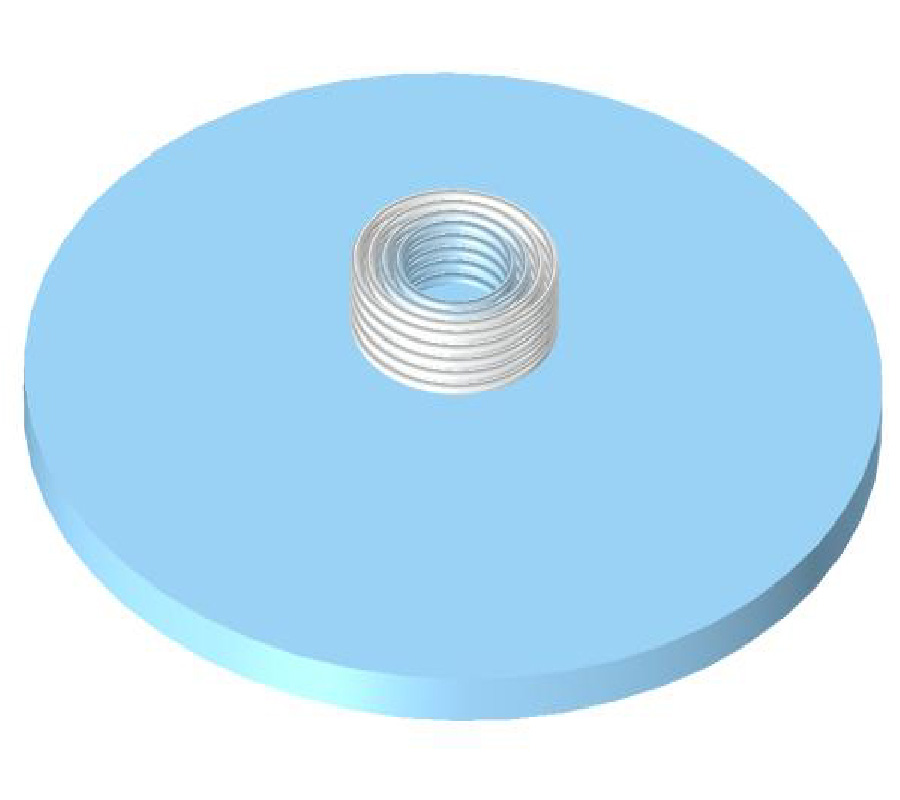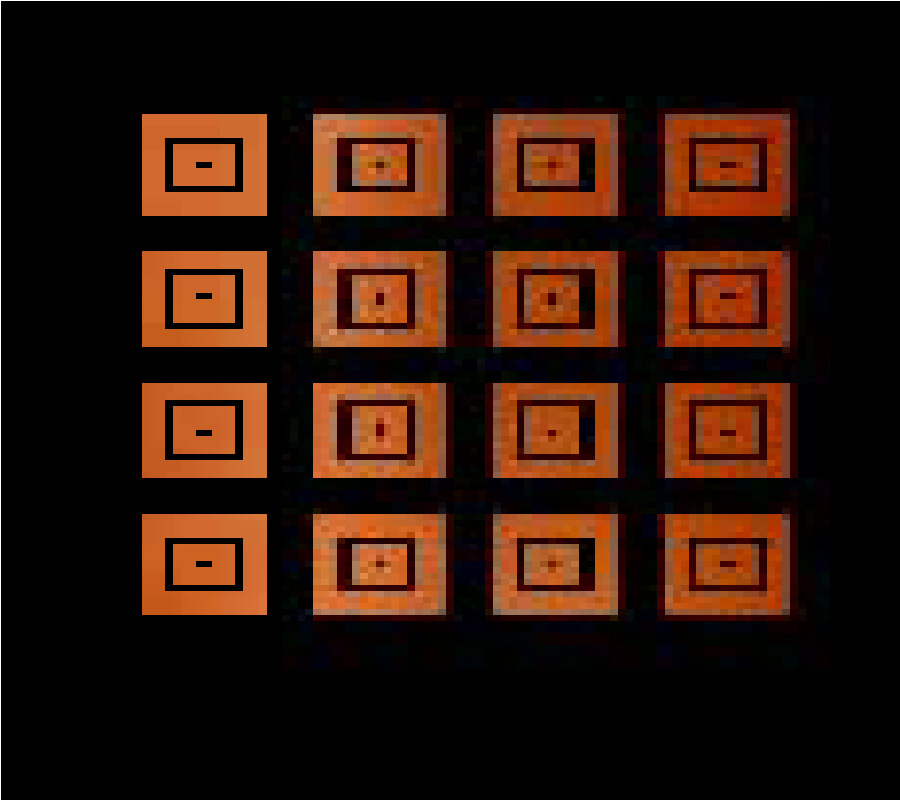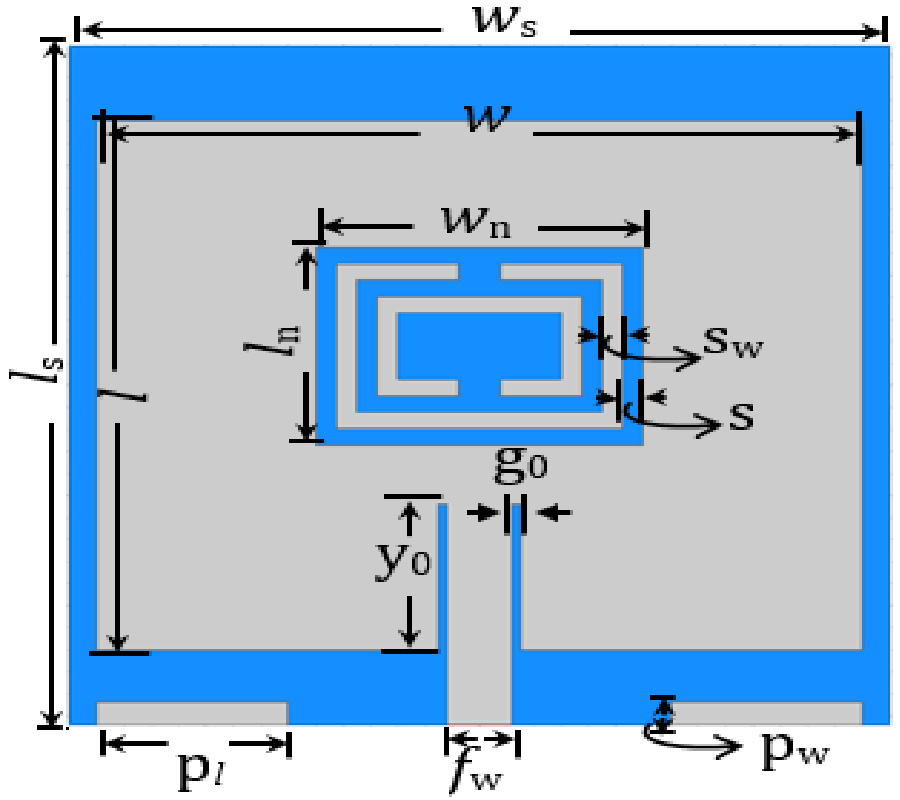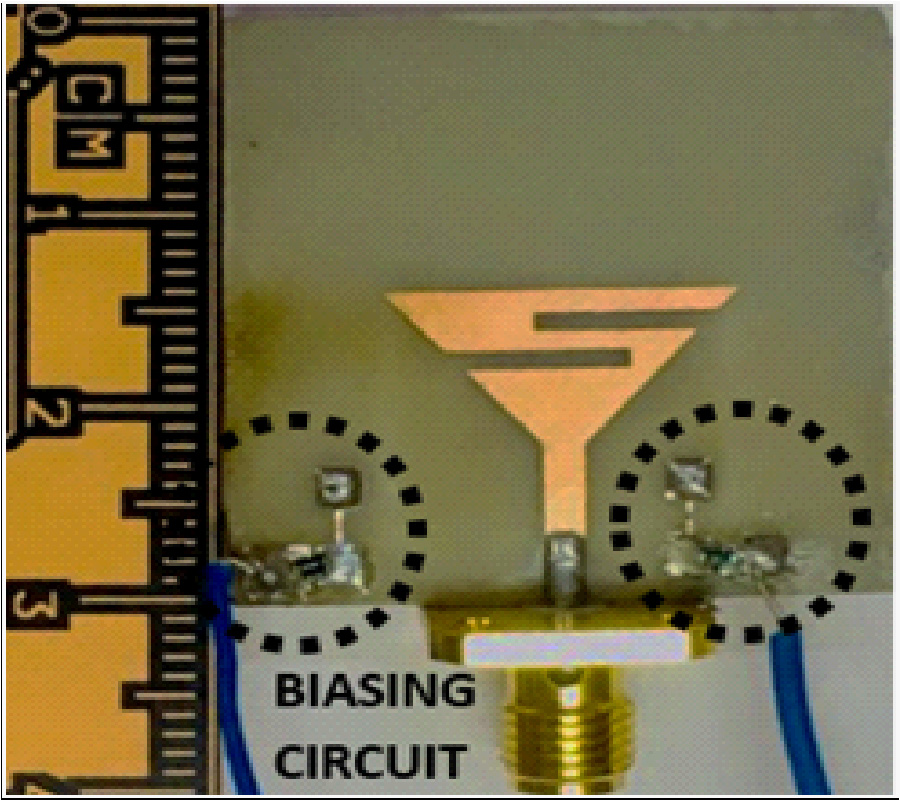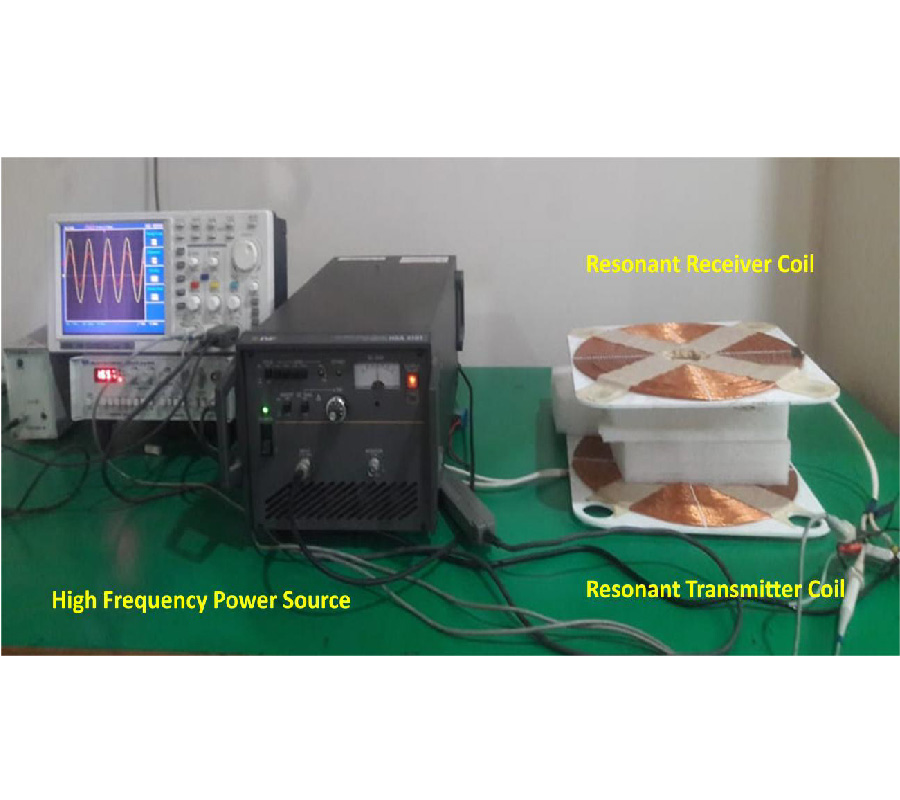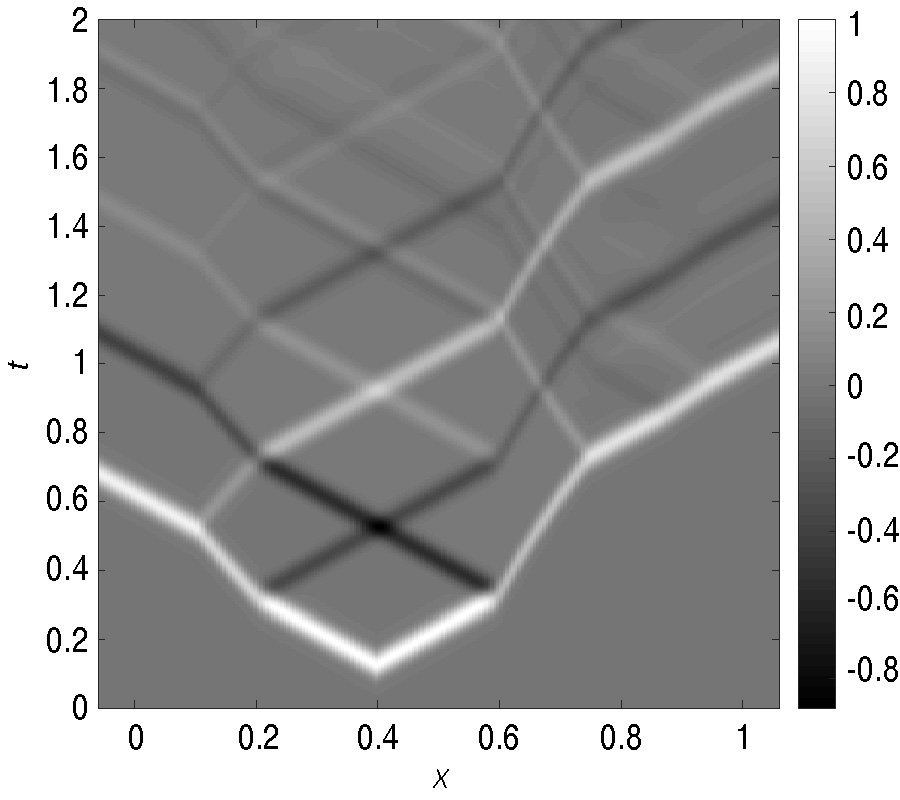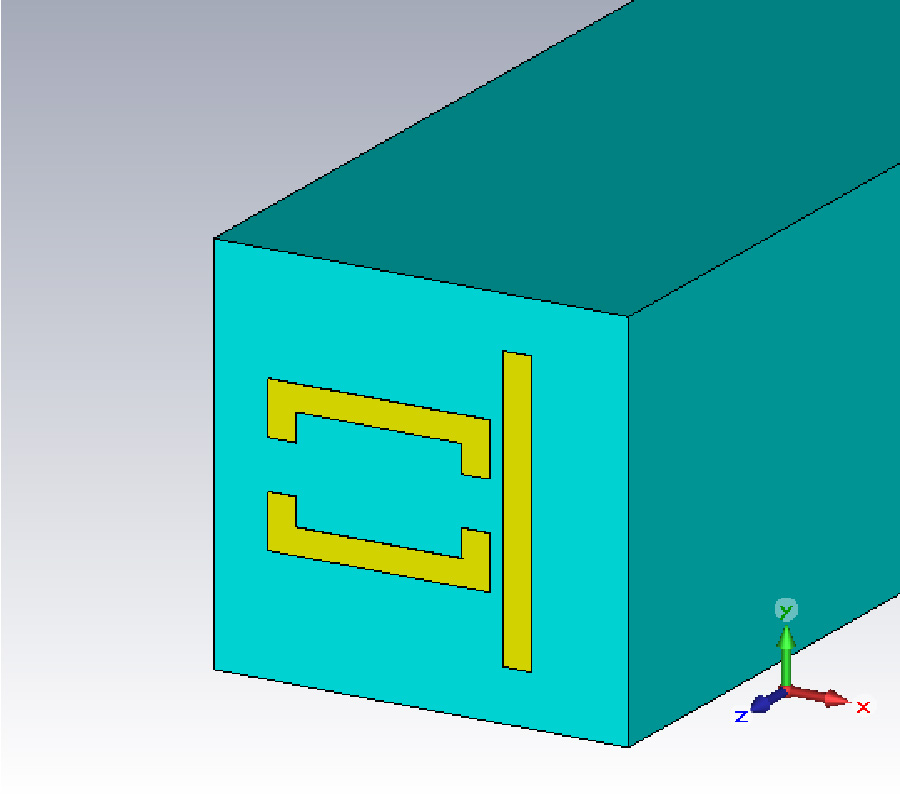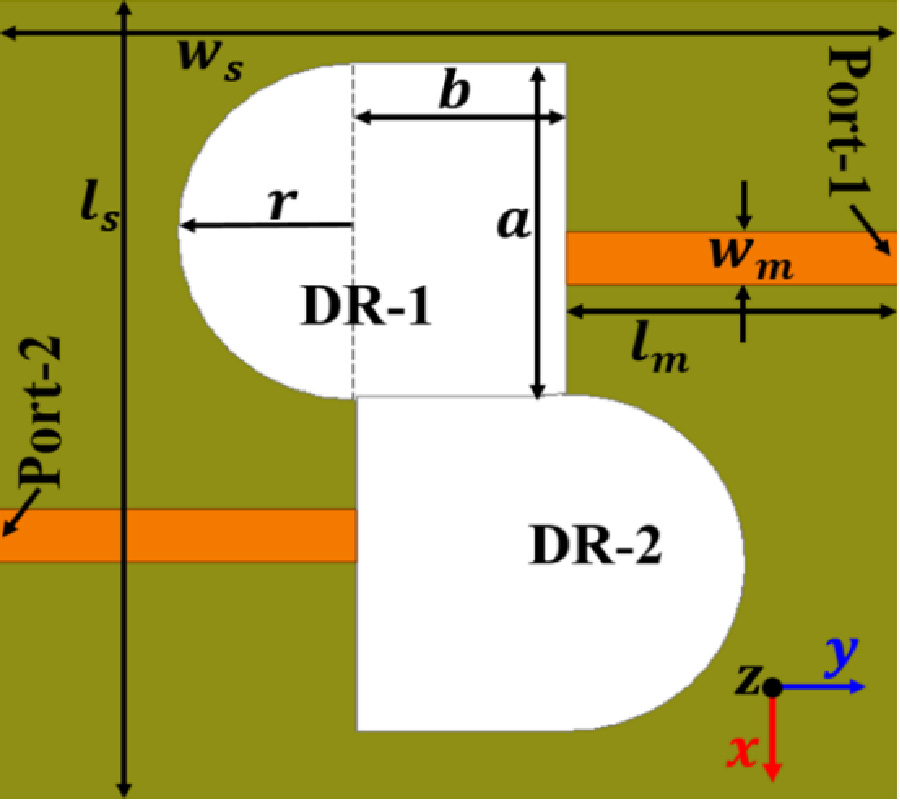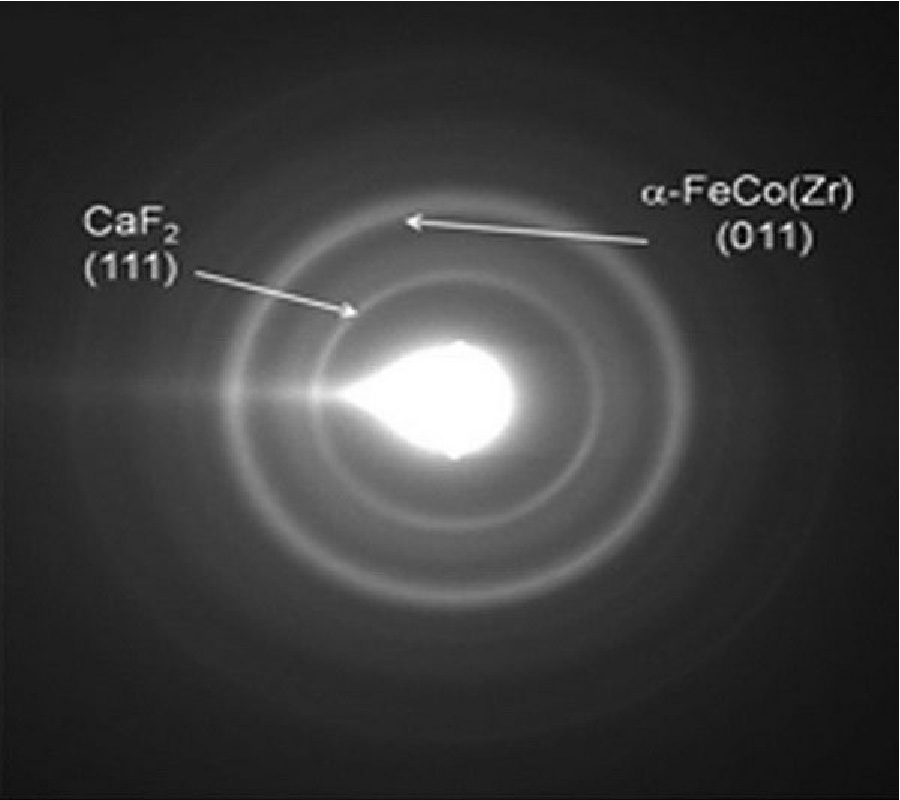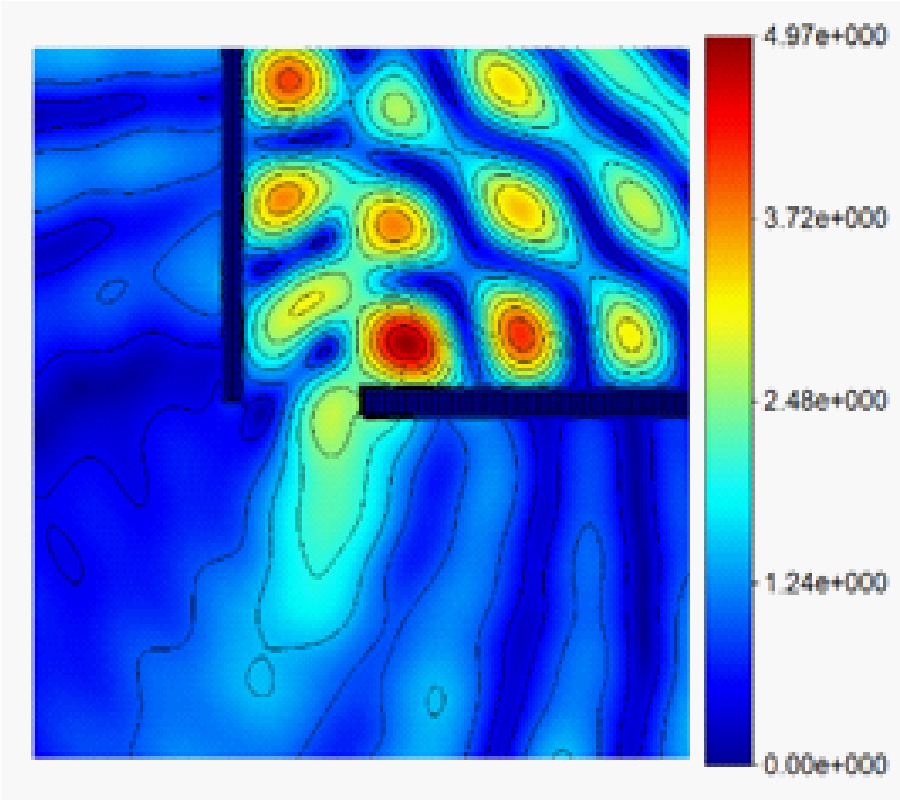A Compact Tri-Band Frequency Reconfigurable Antenna for LTE/Wi-Fi/Its Applications
Shreyas S. Bharadwaj,
Deepika Sipal,
Dinesh Yadav and
Shiban Kishen Koul
In this work, a Tri-Band frequency reconfigurable antenna for LTE (Long Term Evolution)/WiFi (Wireless Fidelity)/ITS (Intelligent Transportation Systems) applications is presented. The proposed design consists of a wine glass shaped slotted radiating patch along with a switchable rectangular ring type slot on the ground plane. This structure operates in three different states viz. state-1, state-2, and state-3 at 4.5 GHz (LTE band), 5.9 GHz (ITS band), and 3.8 GHz (LTE band)/5 GHz (Wi-Fi band), respectively, with an overall compact size of 30 × 30 × 0.762 mm3. Multi-band resonances are obtained by incorporating slots in the main radiating element and ground plane. Moreover, switching among these bands is achieved by placing two PIN diodes at optimized positions on the rectangular ring slot in the ground plane. For the proposed design, good agreement between simulated and measured results is obtained in all the three operating states of the design, which makes it suitable for compact reconfigurable systems.
